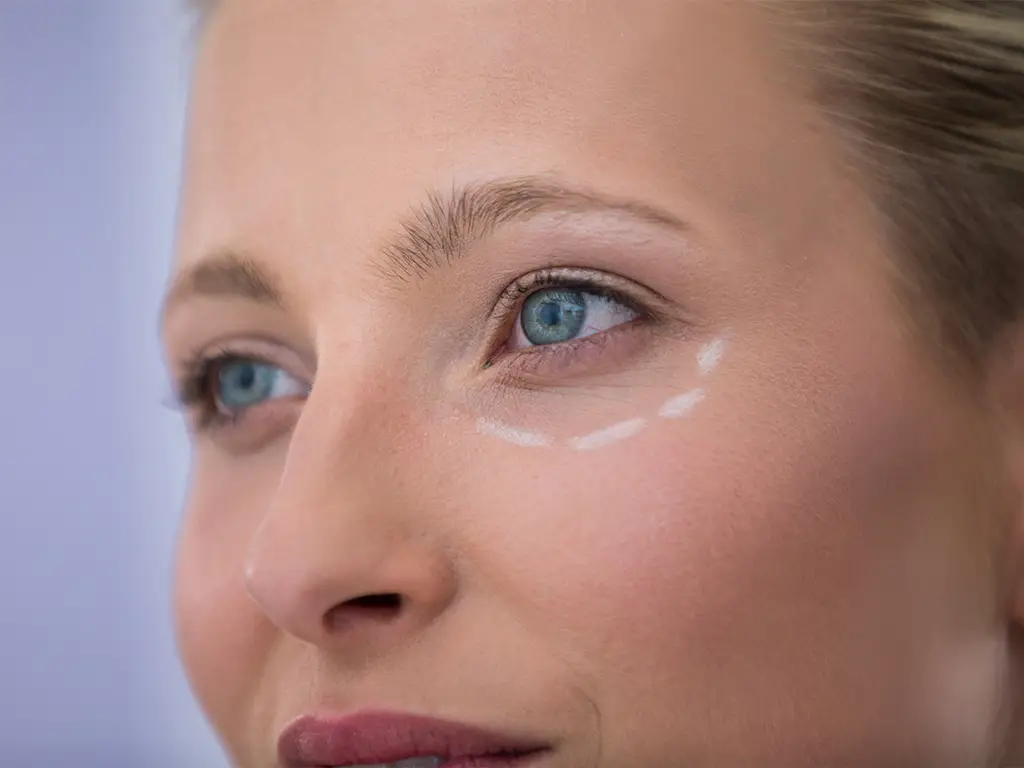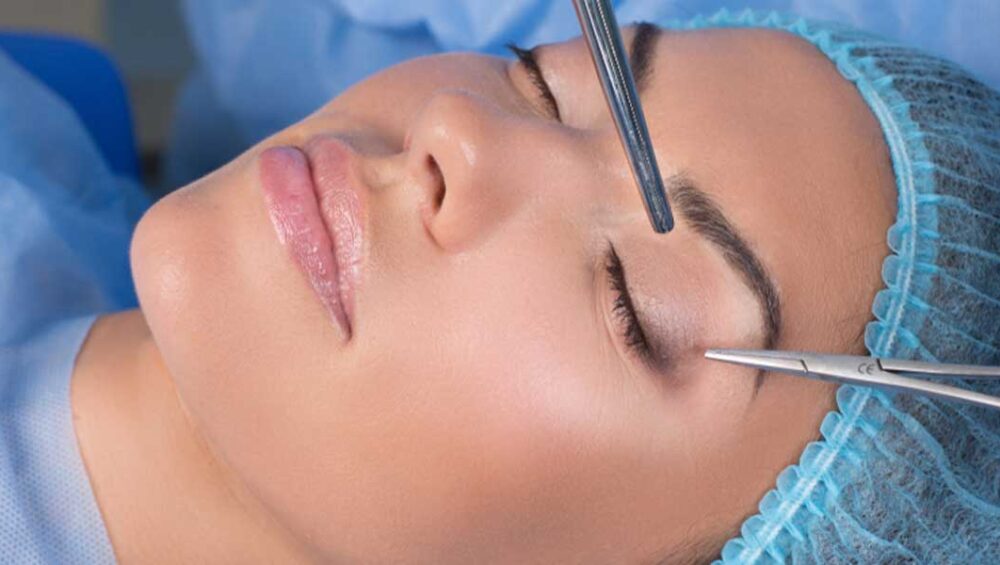Blepharoplasty is also known as eyelid aesthetics. It is a set of surgical procedures performed by a plastic surgeon to remove sagging skin and excess muscle tissue and to tighten the tissues around the eyes, applied to the lower and upper eyelids.
Accomodation
Operation Duration
Recovery Duration
Follow-Up Visit
What is Blepharoplasty?
Blepharoplasty, also known as eyelid surgery, is a series of surgical procedures performed by a plastic surgeon to remove excess skin and muscle tissue, and tighten the surrounding tissues of the upper and lower eyelids. The term “blepharoplasty” originates from Greek; “blepharon” means eyelid, and “plastikos” means shaping.
Why is Blepharoplasty Preferred?
People may opt for blepharoplasty for several reasons:
Does Eyelid Surgery Provide Long-term Results?
Blepharoplasty generally provides long-term results. After surgery, the eyelids typically maintain a more youthful and refreshed appearance. However, as the aging process continues, the skin around the eyes may eventually loosen again. Regular skincare and anti-aging treatments can help preserve results for an extended period.


Post-Blepharoplasty Care Guidelines
The key points to keep in mind after blepharoplasty are:
How is Blepharoplasty Performed?
Blepharoplasty, or eyelid surgery, is typically performed on the upper and lower eyelids. The procedure involves the removal of excess skin, fat, or muscle tissue and the reshaping of the surrounding areas. Here’s how the process works:
Patient Evaluation: The plastic surgeon first evaluates the patient’s eyelid structure and assesses the need for surgery. Eyelid sagging, puffiness, and other symptoms are examined, and the patient is informed about their health status and surgery expectations.
Anesthesia: Blepharoplasty is usually performed under local anesthesia. Depending on the patient’s preference or the surgeon’s recommendation, sedation or general anesthesia may be used.
Incision Planning: During pre-surgical planning, the incision sites for removing excess skin and fat are determined. Incisions are typically made along the natural creases of the eyelids or just below the lash line, minimizing visible scarring.
Tissue Removal: The surgeon makes incisions and removes the necessary excess skin, fat, or muscle. Fat deposits in the lower eyelids are usually removed or reshaped.
Tissue Reshaping: The remaining skin and muscle tissues are reshaped and tightened to achieve the desired result.
Closing the Incisions: The incisions are carefully closed using fine sutures, often dissolvable, so suture removal is not required.
Cold Compress and Bandages: Post-surgery, cold compresses and light bandages may be applied to reduce swelling and bruising and speed up the recovery process.
Blepharoplasty usually takes about an hour, and the patient can often go home the same day. While the recovery process takes a few weeks, full healing and the final results may take several months to appear. Following the surgeon’s post-op care instructions is crucial for successful recovery.
At What Age Should Eyelid Surgery (Blepharoplasty) Be Performed?
Blepharoplasty can be performed when signs of aging begin to appear, though there is no specific age limit as each individual’s condition varies.
Common candidates for blepharoplasty include:
Those Showing Signs of Aging: People with eyelid sagging, puffiness, or loose skin may be suitable for blepharoplasty. These signs typically begin between the ages of 35 and 40, though the aging process varies by individual.
Individuals in Good Health: Blepharoplasty is generally recommended for healthy individuals. Those with health issues such as smoking, high blood pressure, or significant skin conditions may require additional evaluations before surgery.
Those Affected Visually or Psychologically: If eyelid sagging or puffiness affects vision or self-confidence, blepharoplasty may be considered.
Though blepharoplasty can be performed at any age, it is more commonly performed on individuals aged 35 and over. In some cases, the procedure may be done at a younger age due to genetic factors or post-trauma issues. It is essential to evaluate the individual’s condition to determine their suitability for surgery.

Blepharoplasty is recommended for individuals with sagging, puffiness, or excess skin in the upper or lower eyelids. It can also be necessary for those experiencing severe drooping that obstructs their vision.
The procedure typically takes between 1 to 2 hours, depending on whether only the upper or lower eyelids are treated or both.
Surgeons make incisions along the natural creases of the eyelids or the lash line, so any scarring is usually minimal and barely noticeable.
Initial recovery takes about 1 to 2 weeks, during which swelling and bruising will subside. However, full healing and final results can take a few months to become fully apparent.
While blepharoplasty provides long-lasting results, the natural aging process continues, and some skin loosening may occur over time. Regular skincare and anti-aging treatments can help maintain the results longer.

ŞANSEL KAVLAKOĞLU SAĞLIK HİZMETLERİ LİMİTED ŞİRKETİ
İzzet Paşa Mah Yeni Yol Cad. No:22/A Nurol Tower Plaza Kat:11 No: 1103 Şişli, İstanbul, Turkey
Mednificant holds an international health tourism accreditation. Our affiliated hospitals and clinics are accredited to both national and international standards, and all treatments are provided at these accredited health facilities.